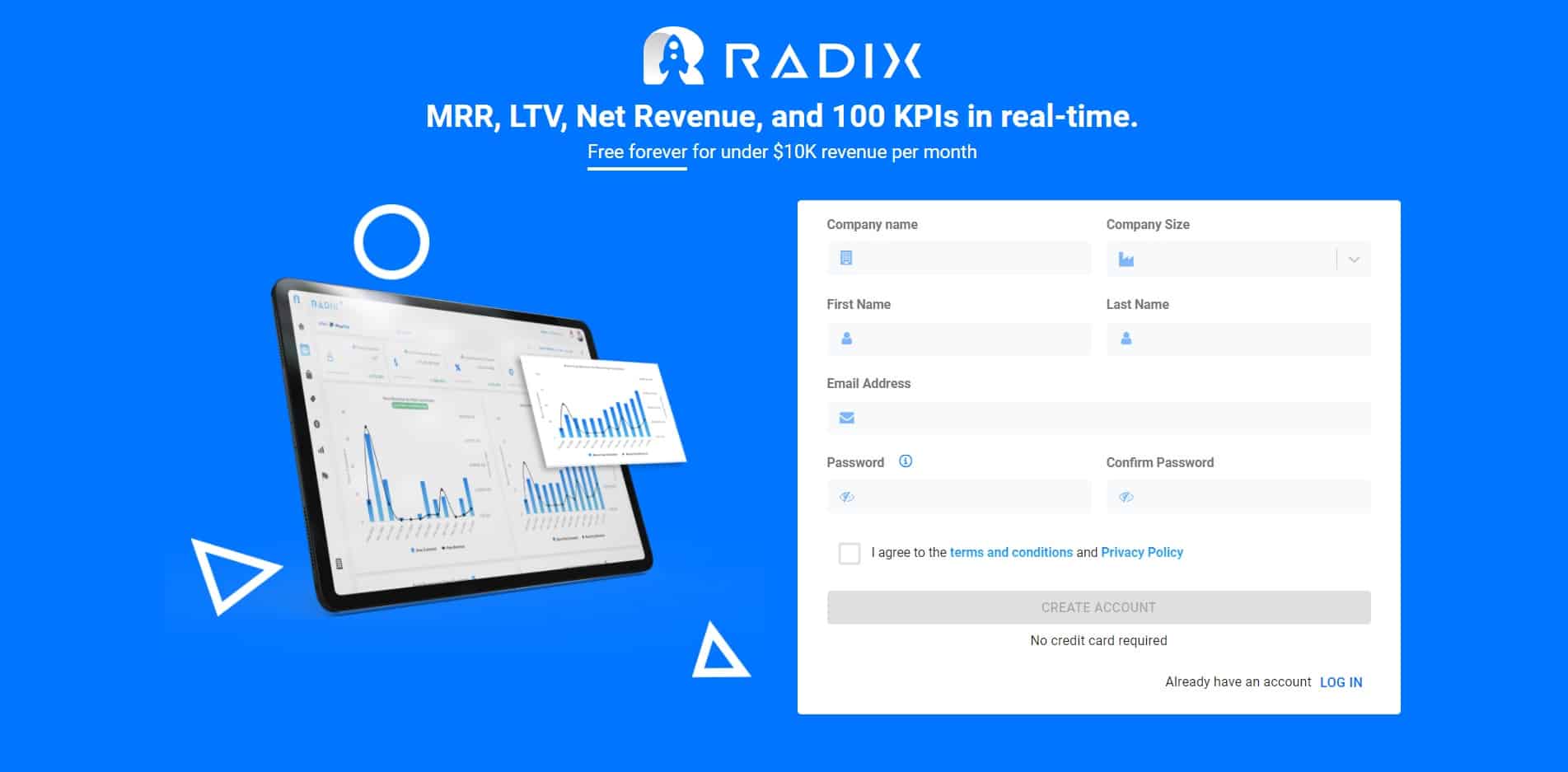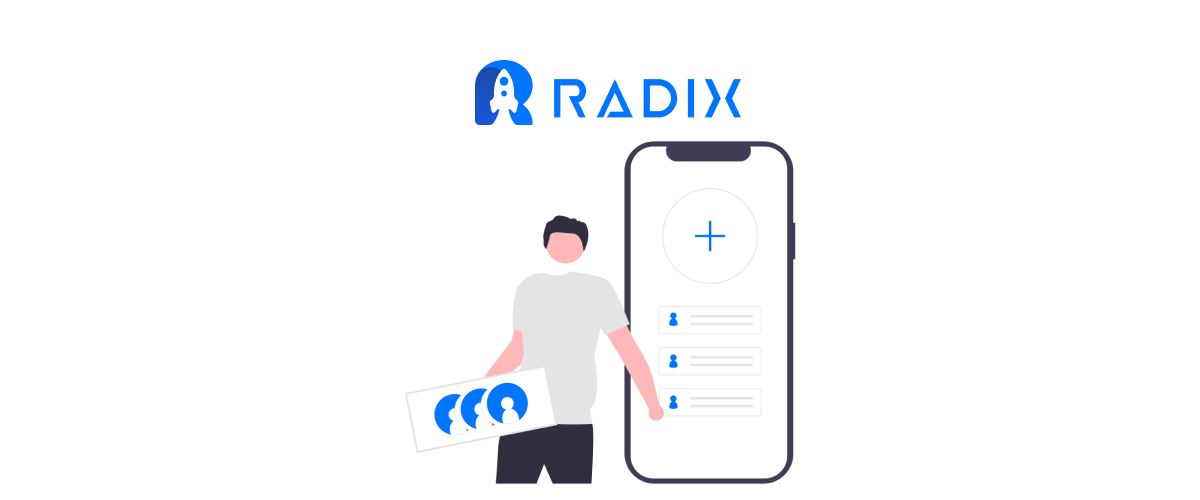Are you looking for strategies to re-engage inactive SaaS users?
You may use a variety of channels and methods to engage with customers and get them to return.
We’ll cover the following in this article:
- SaaS- How do you identify an inactive user? (hint: it isn’t just a person who hasn’t logged in yet)
- Why user engagement is driven by segmentation and exceptional customer service
- There are 10 re-engagement tactics you may start using right away.
What Is The Definition Of An Inactive User?
In general, an inactive user is a person who has not signed into a platform for a while.
Their data is still in your database, but they are no longer using and engaged with your product. This can occur for a variety of reasons, including the person taking time off or losing interest.
But How Can You Identify An Inactive SaaS User?
The distinction between active and inactive users in a SaaS product is more complex.
In SaaS, an inactive user isn’t simply someone who hasn’t used your platform in X days.
Assume you’re a social media tool that allows users to easily schedule and respond to posts. Customers will only see the value of your product—and hence continue to pay—if they use it to accomplish those goals.
If people are logging in but not executing the actions for which your product is designed, you should still classify them as inactive.
In SaaS, How Do You Find Inactive Users?
Inactive customers are typically on the fence, so if you make the right moves, you can reactivate them. Many of them will ultimately churn if left to their own.
The following are the key steps to reawakening interest in your product:
- Use segmentation to detect users who are slipping away and provide in-app assistance.
- Use email marketing to re-engage lapsed users.
- Have customer service contact users before they leave.
Use segmentation to detect users who are slipping away and provide in-app assistance
Keep track of how your customers are using the product. Then separate them depending on their activities using the information you’ve gathered.
This allows you to quickly discover which segment is behind. The next step is to provide appropriate in-app assistance.
This final stage is critical since many individuals will cancel their membership if they find your product difficult to use. You can assist avoid this from happening by offering adequate self-service support.
It’s also beneficial if users may contact your staff via chat at any time.
Use email marketing to re-engage inactive users
One win-back email is usually sufficient, but an email series can be effective if sent at the correct moment.
Win-back emails work because the inbox is the next location to look for people who have stopped using the product.
Have customer service contact users before they leave
What if your customers don’t open your emails or don’t respond?
If emails fail, it may be more effective to contact your users by phone. This depends on your SaaS and your customer relationship.
Personalized emails, even if not via phone, would be far more effective than automated email marketing, which many people simply ignore.
How Do You Re-Engage Inactive Users Back?
1) Remind users of crucial onboarding steps they may have overlooked
One of the best ways to demonstrate the value of your product is through onboarding. Unfortunately, many users skip or overlook important actions throughout this phase of the process.
When this happens, customers won’t realize your tool’s full potential, leading them to believe it won’t solve their problem. They may even begin to investigate alternative options.
This is something you want to avoid. To do this, use a combination of email and in-app messages to remind customers of the next stages in their onboarding process.
You can do this in 2 simple steps:
- To remind them of the following steps, send them a trigger onboarding email.
- When users return to the app, have a checklist available.
2) Make it easy for inactive users to reactivate their accounts
Make it as simple as possible for inactive users to return to your product. This process should be automated so that no one has to call customer service and wait for a response.
If trial users try to sign back into their account, for example, a notification should appear informing them that their deal has ended. Then give following actions right away, such as an extension offer or a link to an upgrade.
3) To make important customers feel special, provide discounts or exceptional prices
Discounts might be problematic.
If you give too much of it out, users will think your product isn’t worth it. If you don’t do it, you risk losing potential repeat customers who appreciate your product but can’t afford it right now.
Focusing on users who have reached the activation point is a smart way to offer discounts.
These users have used your service and know they’ll receive a good deal, but they left because of the price. They’ll be more likely than trial users to take advantage of your special offers.
4) Send re-engagement emails to those who haven’t used the platform in a while
Your emails should always be targeted to the stage of the user’s journey at the time they become disengaged.
Consider the following example:
If they’ve been using your app for a while, your marketing should focus on keeping them informed and giving them reasons to come back.
Many users will use the free version of your tool, but they will not upgrade. The goal of your re-engagement email should be to show these users what they’re losing out on with the free version.
If users leave during the trial, your campaigns should provide benefits and reminders about the expiring trial, attempting to persuade them to return.
5) Send an email reminder that trial is almost finishing
Sending regular email reminders to customers who are nearing the end of their free trial can help you re-engage them and improve your conversion rate. If customers haven’t used your app in a long time, they’ve probably missed out on a lot of updates. Use the opportunity to show new features, UI improvements, or any add-ons you have.
6) Send “the end of trial” email
The majority of people in the trial period are busy trying out different SaaS solutions. As a result, they may become too busy to notice that their trial period with you is coming to an end.
This is where end-of-trial emails help a lot: send an automatic reminder reminding them that their free trial is coming to an end.
Don’t forget to include a strong call to action for individuals who are ready to upgrade their accounts.
You might also add the following in this email:
- Provide trial extensions to people who haven’t had enough time to adequately examine your software.
- If they require assistance, provide it.
7) Gather input from unsatisfied customers and make improvements during offboarding
You may have done everything possible, yet users may still refuse to deactivate their accounts. It’s one of those things in SaaS that you can’t avoid.
In such cases, all you can do is let the consumers depart in good faith. But first, ask for their feedback.
Create a feedback form that asks them why they are leaving.
The responses you receive will help you improve and actively retain other customers like them.
8) Email marketing campaigns with “feature highlights”
Reminding churned users about new features in your app is a fantastic approach to get them back on board. To make this work, Only send feature highlights that are relevant to their use case.
Your email will resonate if they churned because of missing functionality that is now available in your product.
Send feature highlight emails to user segments that aren’t using current capabilities that might be beneficial to them.
9) Use the what’s new email to re-engage inactive users
For every angry customer that writes a complaint email, there are another 26 who do not.
This indicates that not all users will tell you why they are departing.
However, use their emails while they are still subscribers. Keep them informed and let them know what’s fresh on your platform. This shows that your tool is always improving and may pique their curiosity.
10) To welcome back churned trial users, use segmentation
It’s not uncommon for churning trial users to return on their own.
This is an excellent time to greet them, indicate that you remember them, and give them another trial without their having to ask.
They’ve most likely returned since they now have the opportunity to use your tool. Or their requirements have evolved. In any case, a nice greeting will go a long way toward persuading customers to continue using your SaaS product.
11) Extra Tip: use Radix to make data-driven decisions
Being able to rely on data and evidence to illustrate your insights is a key part of the Radix design process, and using this to inform strategic decisions is crucial. By thinking carefully about how you can pull out actionable insights from your data, you can make better decisions which in turn will mean you have happier users.
Conclusion
If your customers are inactive, you should not wait very long to try and change their behavior or your business could suffer. Making sure your customers keep using the product is vital for getting better overall results and bringing more revenue into the business. The best way to make this happen is by taking a proactive approach to online user engagement.
To Re-engage inactive users you have to be proactive, not reactive.

Read More:
How to Win Back Your Lost Trial Leads
Best Practices to Improve SaaS Onboarding





